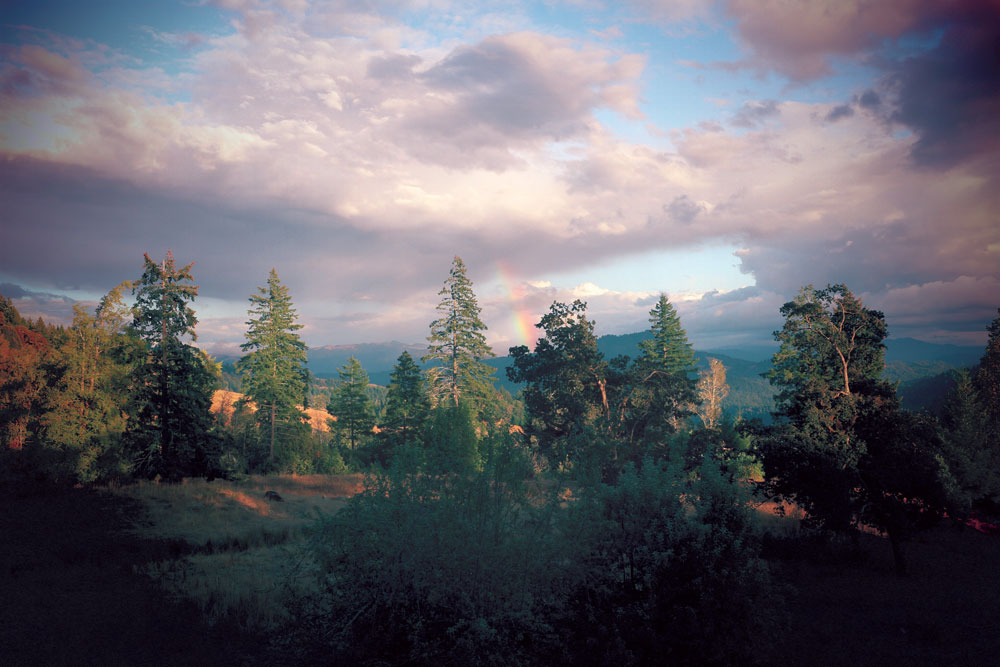Editor’s Note

What is a healthy forest?
To the untrained eye, any forest with green trees might appear healthy.
However, it takes knowledge, skills, and experience to see the forest through the trees, to see past what the forest is now to what it was, and most importantly, to what it is becoming.
So, what does make a healthy forest?
The answer to this question is not a simple one, but multi-faceted and nuanced. Most of all it challenges us to fundamentally change our relationship with the forests, to recognise and rediscover our role as part-of rather than adjacent-to. It also depends on who you ask; in this edition of Forest and River News you’ll find stories from those delving deeply into the question, each a flourishing tree in a forest in the midst of a rejuvenation.
As rural economies throughout the Redwood Coast face challenges, multi-year forest health projects funded by California Climate Investments hold the potential to foster a forest health economy that can deliver multiple benefits to both local ecosystems and human communities. In this issue you will find a number of stories that explore the excitement and challenges of this historic opportunity.
In our human forest, we are saddened by the succession of several of the great trees, moving on to the next part of the cycle—our anonymous Cereus Fund benefactor for 24 years, grassroots organizing legend Dave Foreman, Wailaki Elder and advocate for Indigenous Peoples Fred “Coyote” Downey, and local community treasures Nancy Peregrine and Lon Mulvaney. Under their canopies grew many individuals, organizations, and movements whose good deeds and accomplishments will be celebrated for many years to come.
For the grassroots,
Jeri Fergus, Mona Provisor, Kerry Reynolds, and Mitchell Danforth
